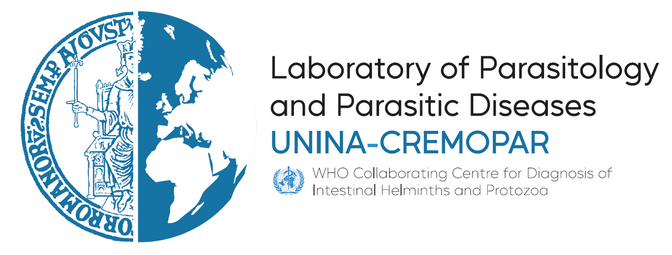FLOTAC

The FLOTAC apparatus is a cylindrical-shaped device made of polycarbonate amorphous thermoplastic. This material has been chosen because of excellent light transmission, high heat resistance, robustness (can be washed and re-used many times) and high-dimensional stability. The FLOTAC apparatus comprises three physical components, namely the base, the translation disc and the reading disc. There are two 5-ml flotation chambers, which are designed for optimal examination of large fecal sample suspensions in each flotation chamber (total volume = 10 ml).
There are five accessories, namely the screw, the key, the bottom, the centrifuge adapter and the microscope adapter. These accessories essential for proper functioning of the FLOTAC apparatus during centrifugation and subsequent examination under a microscope.
There are two versions of the FLOTAC apparatus: FLOTAC-100, which permits a maximum magnification of ×100, and FLOTAC-400, which permits a maximum magnification of ×400. FLOTAC-400 is a further development and improvement over FLOTAC-100, as it allows microscopic diagnosis at a four fold higher magnification compared with FLOTAC-100, which is necessary for the detection of intestinal protozoa. FLOTAC-100, however, is still recommended for the diagnosis of helminth eggs and larvae, and for teaching purposes, because the reading disc is considerably thicker and hence more robust than the one used in FLOTAC-400, and because the flotation chambers can be filled more easily.
The FLOTAC device can be used to perform the FLOTAC techniques (see Manuals Section) that are multivalent, copromicroscopic techniques, based upon the centrifugal flotation of a faecal sample suspension and the subsequent translation of the apical portion of the floating suspension. These techniques permit the simultaneous coprological diagnosis of helminths and protozoa in animals and humans.
However, the main limitation of FLOTAC is the complexity of the technique which involves centrifugation of the sample in a specific device, equipment that is often not available in some laboratories. To overcome these limitations, under the “FLOTAC strategy” of improving the quality of copromicroscopic diagnosis, a new simplified tool has been developed, i.e. the Mini-FLOTAC.







